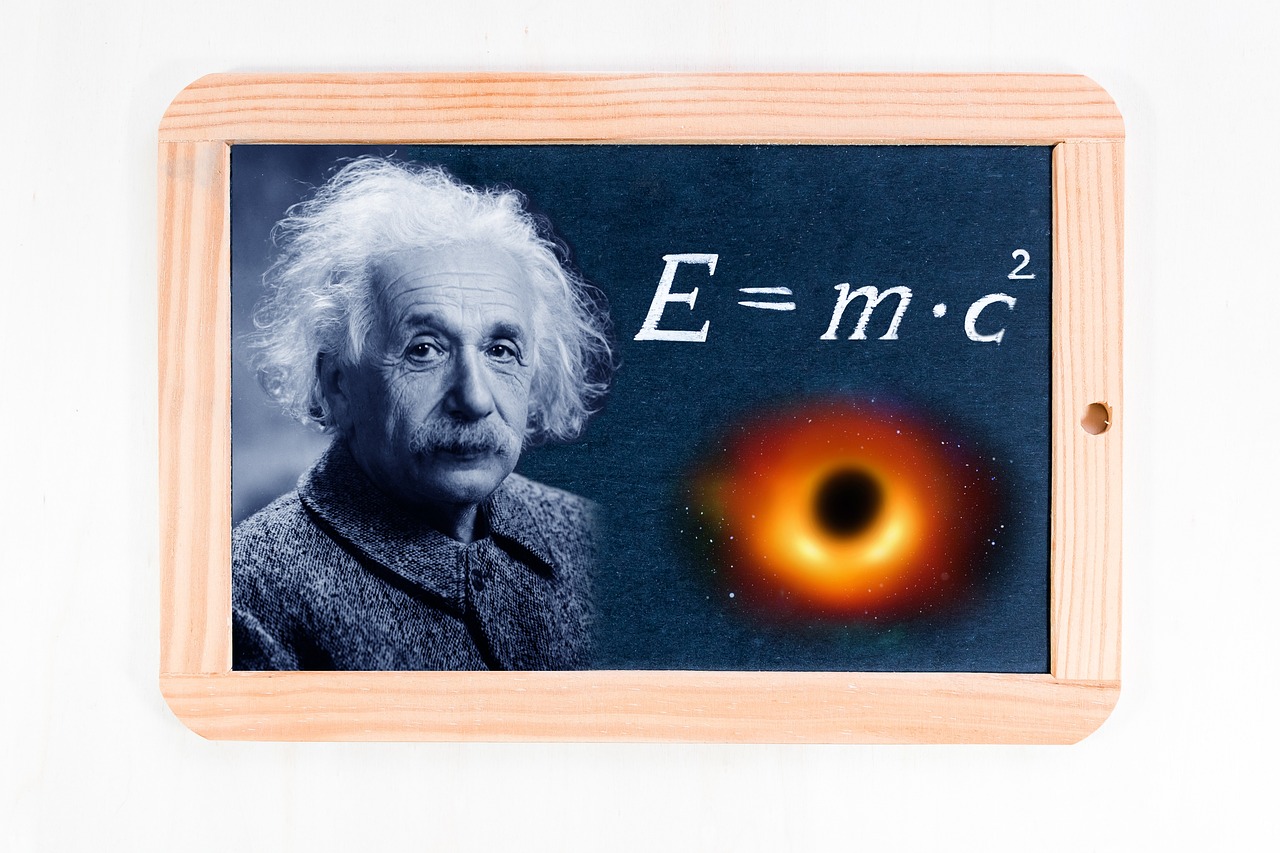Eudoxus: The Mathematician of Proportions
Eudoxus, known as the Mathematician of Proportions, was a brilliant ancient Greek scholar whose work revolutionized the fields of geometry and astronomy. His pioneering theories on proportions continue to influence modern mathematics and scientific disciplines, showcasing the enduring relevance of his mathematical insights.

Early Life and Education
Eudoxus, the renowned ancient Greek mathematician, was born in Cnidus, Asia Minor, around 408 BC. Growing up in a society that valued intellectual pursuits, Eudoxus showed a keen interest in mathematics from a young age. His early education involved studying with some of the most distinguished philosophers and mathematicians of his time, including Archytas and Plato. Under their guidance, Eudoxus honed his analytical skills and developed a deep understanding of mathematical principles.
During his formative years, Eudoxus traveled extensively, seeking knowledge and expanding his intellectual horizons. His journeys took him to Egypt, where he studied with Egyptian priests and astronomers, further enriching his mathematical expertise. Eudoxus's exposure to diverse cultures and educational systems broadened his perspective and influenced his approach to mathematical inquiry.
One of the pivotal moments in Eudoxus's education was his encounter with the renowned mathematician and philosopher, Menaechmus. Under Menaechmus's mentorship, Eudoxus delved into the intricacies of geometry and mathematical reasoning, laying the groundwork for his future contributions to the field. The rigorous training and mentorship Eudoxus received during his early years played a crucial role in shaping his intellectual development and setting the stage for his groundbreaking work in mathematics.

Work on Proportions
Eudoxus's work on proportions stands as a cornerstone of ancient mathematical theory, showcasing his innovative approach to understanding ratios and magnitudes in geometry. His method of exhaustion, a precursor to the calculus concept of limits, allowed him to approximate areas and volumes of irregular shapes with polygons and polyhedra.
One of Eudoxus's most significant contributions was his development of a theory of proportionality that laid the groundwork for later mathematical advancements. By exploring the relationships between different quantities and their ratios, he provided a framework for understanding the fundamental principles of mathematics.
In his exploration of proportions, Eudoxus also introduced the concept of equal ratios and the idea of continued proportions, which have had a lasting impact on mathematical reasoning and problem-solving techniques. His work not only expanded the understanding of geometric relationships but also influenced the development of algebraic methods.
Through his meticulous investigations into the nature of proportions, Eudoxus demonstrated a deep understanding of mathematical concepts that transcended the limitations of his time. His innovative approach to geometric problems and his emphasis on rigorous reasoning set a standard for mathematical inquiry that continues to inspire scholars to this day.

Geometric Constructions
When it comes to Eudoxus's work on geometric constructions, we are delving into a realm of mathematical ingenuity that has stood the test of time. Eudoxus was not only a master of proportions but also a pioneer in geometric theory, pushing the boundaries of what was known in his era. His geometric constructions were not just about drawing shapes; they were about unraveling the intricate relationships between different elements in geometry.
One of Eudoxus's most notable geometric constructions was his method of inscribing a polygon in a circle using a series of smaller polygons. This method, known as the method of exhaustion, laid the groundwork for later developments in calculus and the understanding of limits. It was a revolutionary approach that allowed Eudoxus to tackle complex geometric problems with precision and elegance.
Furthermore, Eudoxus's work on geometric constructions extended to the study of regular solids, particularly the five Platonic solids. These perfectly symmetrical shapes fascinated Eudoxus, leading him to explore their properties and relationships in depth. His insights into the construction of these solids paved the way for future mathematicians to explore the realms of 3D geometry and spatial reasoning.
Moreover, Eudoxus's geometric constructions were not limited to static shapes; he also delved into the dynamic nature of geometric transformations. By studying how shapes could be transformed through rotations, translations, and reflections, Eudoxus deepened our understanding of symmetry and geometric invariance. His work in this area laid the foundation for the study of transformation geometry and its applications in various scientific fields.
In conclusion, Eudoxus's contributions to geometric constructions were not just about drawing lines and shapes; they were about uncovering the hidden patterns and structures that underlie the fabric of geometry itself. His innovative approaches and profound insights continue to inspire mathematicians and scientists to this day, reminding us of the enduring power of geometric reasoning and the beauty of mathematical exploration.

Astronomical Theories
Eudoxus's astronomical theories were truly revolutionary for his time, laying the groundwork for future advancements in celestial understanding. One of his most notable contributions was the development of a model of the universe that consisted of concentric spheres. This model aimed to explain the complex motions of the planets and stars in a way that was both logical and mathematically sound. By proposing that each celestial body was attached to its own sphere, Eudoxus provided a framework for understanding planetary motion and celestial mechanics.
Furthermore, Eudoxus's astronomical theories were not just theoretical constructs but were deeply rooted in observation and empirical data. He meticulously studied the movements of the heavenly bodies, seeking to uncover the underlying principles that governed their paths through the sky. This empirical approach set Eudoxus apart from many of his contemporaries and allowed him to make significant strides in the field of astronomy.
In addition to his work on celestial mechanics, Eudoxus also made important contributions to the understanding of the motions of the planets. By carefully observing the paths of the planets through the night sky, he was able to develop theories that explained their retrograde motion and varying speeds. These insights were crucial in shaping our understanding of the solar system and paved the way for future astronomers to build upon his work.
Overall, Eudoxus's astronomical theories were a testament to his ingenuity and dedication to unraveling the mysteries of the cosmos. His work not only advanced the field of astronomy during his time but also left a lasting impact on the development of scientific thought for centuries to come.

Influence on Later Mathematicians
Eudoxus's work had a profound influence on later mathematicians, shaping the course of mathematical thought for centuries to come. His innovative approach to proportions and geometric constructions inspired generations of thinkers, including some of the most renowned figures in the history of mathematics.
One of the most notable mathematicians influenced by Eudoxus was Euclid, whose seminal work "Elements" drew heavily from Eudoxus's theories on proportions and magnitudes. Euclid's systematic approach to geometry and his rigorous proofs were undoubtedly influenced by Eudoxus's method of exhaustion, laying the groundwork for the development of modern mathematical reasoning.
Archimedes, another mathematician of great renown, also benefited from Eudoxus's contributions. Archimedes's work on calculus and the method of exhaustion, which he used to calculate areas and volumes of various shapes, can be traced back to Eudoxus's original ideas on proportions and infinitesimals.
Furthermore, Eudoxus's astronomical theories, particularly his model of the universe with concentric spheres, influenced later astronomers and mathematicians in their quest to understand celestial mechanics. His geometric constructions and insights into planetary motion provided a basis for further exploration and discovery in the field of astronomy.
In essence, Eudoxus's legacy extends far beyond his own time, leaving an indelible mark on the history of mathematics and scientific inquiry. His ideas continue to inspire and challenge mathematicians and scientists to push the boundaries of knowledge and explore new frontiers in the pursuit of understanding the natural world.

Legacy and Historical Significance
Eudoxus's legacy in the field of mathematics is profound and far-reaching. His work on proportions and geometric constructions laid the groundwork for future mathematical advancements, influencing generations of mathematicians and shaping the development of calculus. Eudoxus's contributions to the understanding of ratios and magnitudes in mathematics were revolutionary, providing a new framework for approaching geometric problems and paving the way for the rigorous mathematical reasoning that would define later mathematical thought.
Furthermore, Eudoxus's astronomical theories, such as his model of the universe with concentric spheres, offered a unique perspective on celestial mechanics and planetary motion. His innovative approach to understanding the movements of the stars and planets set the stage for future developments in astronomy and contributed to the broader scientific inquiry of his time.
Throughout history, Eudoxus's work has been revered for its intellectual depth and analytical rigor. His influence on later mathematicians, including renowned figures like Euclid and Archimedes, underscores the lasting impact of his mathematical insights. Eudoxus's methods and theories continue to be studied and applied in modern mathematics, demonstrating the enduring relevance of his contributions to the field.
In comparison to other ancient mathematicians, Eudoxus stands out for his emphasis on proportions and geometric constructions. While his contemporaries made significant contributions to mathematics, Eudoxus's focus on the fundamental principles of ratios and magnitudes set him apart as a pioneer in the field. His innovative approaches to geometric theory and astronomical observation distinguish him as a visionary thinker whose work continues to inspire mathematicians and scientists today.

Comparison with Other Mathematicians
When comparing Eudoxus with other ancient mathematicians, it becomes evident that his work stands out for its innovative approach and lasting impact on the field. While Euclid is renowned for his foundational work in geometry, Eudoxus's contributions to the understanding of proportions and ratios added a new dimension to mathematical thought.
Unlike Archimedes, who focused on calculus and mechanics, Eudoxus's emphasis on geometric constructions and astronomical theories showcased his versatility and depth of knowledge across different branches of mathematics. Eudoxus's method of exhaustion, used to calculate areas and volumes, set him apart from his contemporaries and paved the way for future advancements in mathematical analysis.
In comparison to other mathematicians of his time, Eudoxus's geometric insights and astronomical models demonstrated a unique blend of theoretical rigor and practical application. His ability to bridge the gap between abstract concepts and real-world phenomena influenced generations of mathematicians and astronomers.

Modern Applications of Eudoxus's Theories
Modern Applications of Eudoxus's Theories have transcended time and continue to play a vital role in various fields of study. Eudoxus's profound insights into proportions have paved the way for advancements in modern mathematics, engineering, and scientific disciplines. One key application of Eudoxus's theories lies in the field of calculus, where his work on ratios and magnitudes forms the basis for understanding limits and infinitesimal calculus.
Moreover, Eudoxus's method of exhaustion, a precursor to the integral calculus concept of limits, has found practical applications in areas such as physics and economics. By breaking down complex problems into simpler components, Eudoxus's approach allows for the accurate calculation of areas, volumes, and other quantities, making it an indispensable tool in modern scientific research and analysis.
In engineering, Eudoxus's theories on proportions are instrumental in designing structures with optimal strength and stability. By applying his principles of proportionality, engineers can create efficient and durable solutions in various fields, from architecture to mechanical engineering. Eudoxus's emphasis on precision and balance serves as a guiding principle for modern engineers seeking to achieve equilibrium and harmony in their designs.
Furthermore, Eudoxus's astronomical theories have influenced the field of celestial mechanics, providing valuable insights into planetary motion and the dynamics of the universe. His model of concentric spheres has inspired contemporary astronomers to develop sophisticated models of the cosmos, shedding light on the complexities of celestial bodies and their interactions.
Overall, the modern applications of Eudoxus's theories underscore the enduring relevance of his mathematical insights and their impact on diverse disciplines. By embracing his principles of proportionality and geometric reasoning, contemporary scholars and practitioners continue to build upon Eudoxus's legacy, pushing the boundaries of knowledge and innovation in the pursuit of scientific excellence.
Frequently Asked Questions
- What were Eudoxus's main contributions to mathematics?
Eudoxus made significant contributions to mathematics, particularly in the field of proportions. His method of exhaustion laid the groundwork for the development of calculus, and his work on ratios and magnitudes greatly influenced geometric theory.
- How did Eudoxus's theories impact the field of astronomy?
Eudoxus's astronomical theories, such as his model of the universe with concentric spheres, contributed to our understanding of planetary motion and celestial mechanics. His ideas helped shape the way we view the cosmos.
- Who were some of the mathematicians influenced by Eudoxus?
Eudoxus's work had a lasting impact on later mathematicians, including Euclid and Archimedes. His innovative ideas and geometric constructions inspired generations of scholars in the field of mathematics.
- What is the modern relevance of Eudoxus's theories?
Eudoxus's theories on proportions continue to be relevant in modern mathematics, engineering, and scientific disciplines. His insights have been instrumental in shaping various fields of study and practical applications.



















